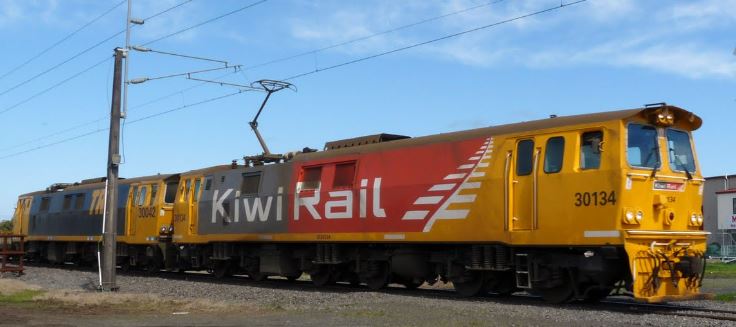So far there has been no official word from the Government on reversing the decision to de-electrify the main trunk line between Hamilton and Palmerston North. Greater Auckland have an insightful guest post on why the decision is flawed, and you have to wonder why the Government is dawdling on retaining electrification. As the post points out:
KiwiRail will burn an extra eight million litres of diesel per year using diesel locomotives on the electrified section of the NIMT. This is in direct conflict with the Government’s target of reducing to net zero carbon emissions by 2050.
There are a whole heap of other costs and benefits that have been calculated incorrectly.
Back in March we wrote to the Minister responsible for Kiwirail, Rt Hon Winston Peters:
Rt Hon Winston Peters
Deputy Prime Minister, Minister of State Owned Enterprises
Cc Hon Phil Twyford, Hon Julie Anne Genter
12 March 2018
Dear Mr Peters
Retaining electrification of the North Island Main Trunk line
In December 2016, KiwiRail announced their decision to phase out the use of electric locomotives operating between Hamilton and Palmerston North. While KiwiRail claim to have made that decision after extensive consultation with experts, it was since discovered that their analysis was flawed since the running costs of diesel locomotives were understated, while the maintenance costs of the electric locomotives were overstated.
The final decision has also been rebutted by a number of experts. Most notably they found that the decision will increase New Zealand’s greenhouse gas emissions, at a time when we have committed to a reduction of 30 percent below 2005 levels by 2030, under the 2015 Paris Agreement.
At a recent meeting, members of the Campaign for Better Transport expressed strong support for retaining electric traction on the North Island Main Trunk rail network, due to:
a) the efficiency of the mainline electrics;
b) access to the regenerative benefits that the mainline locomotives provide;
c) the contribution to reducing greenhouse gas emissions.
This could be achieved by a complete upgrade of the existing electric fleet over a period of time, or the purchase of new electric locomotives with similar specifications to that of the EF class. KiwiRail has a highly skilled engineering team and, coupled with outside contractors, would be able to engineer an upgrade to extend the life of selected locomotives.
As a closing note, investigation into the electrification of the Papakura to Te Rapa section of NIMT should also be advanced. We look forward to a response from you on this matter.
To date we haven’t had a reply. This should be a no brainer – what is taking so long?
